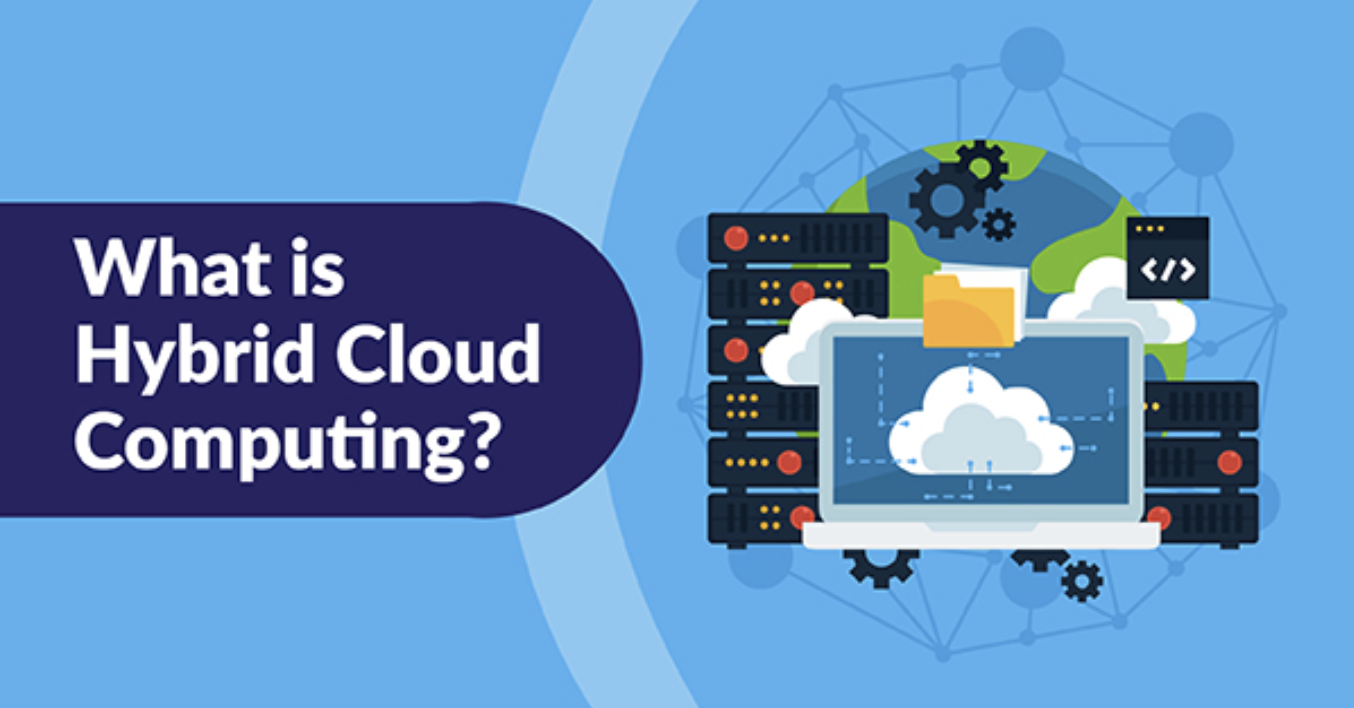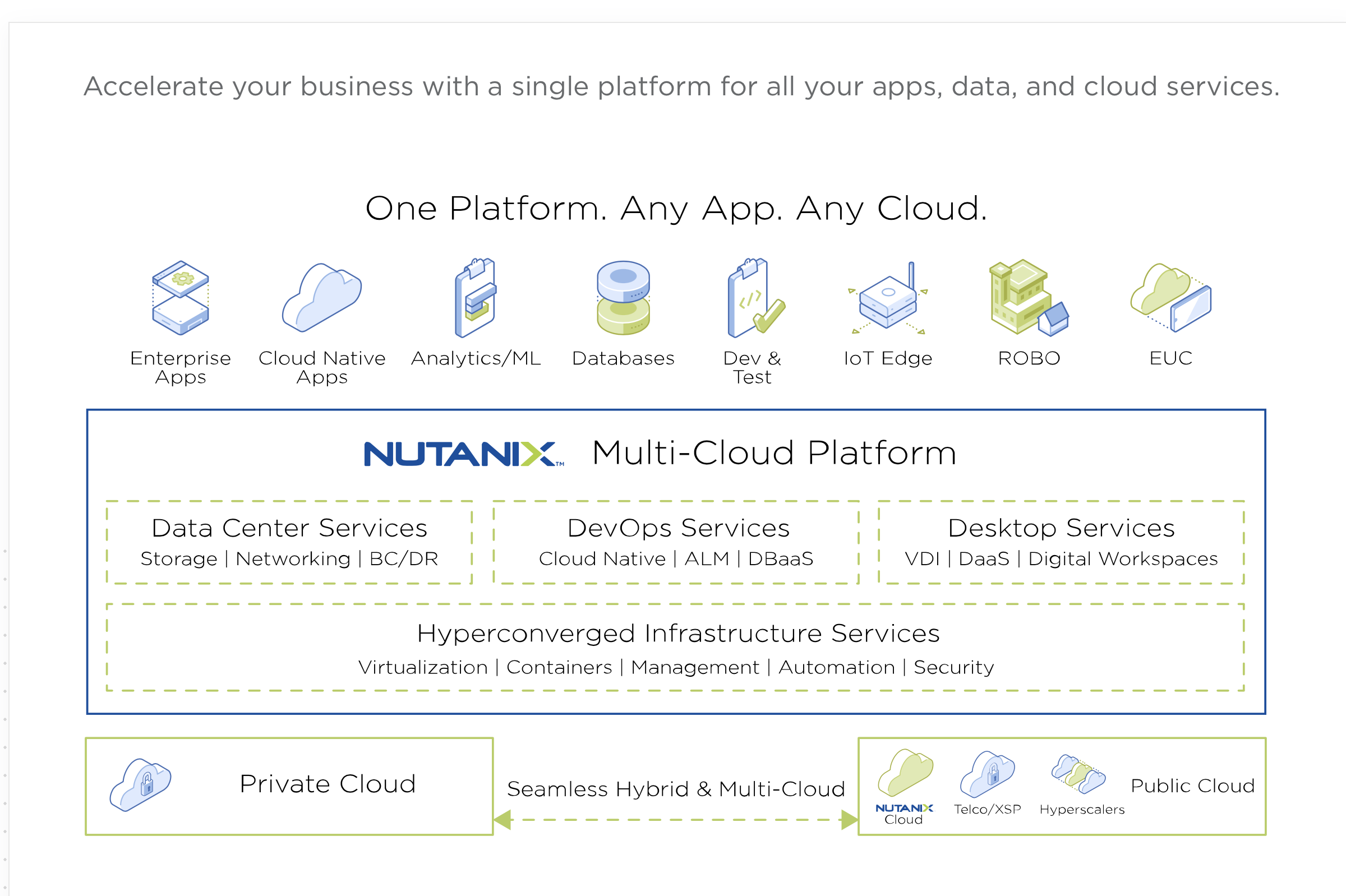
What is Hybrid Cloud Engineering?
According to Microsoft Hybrid Cloud also known as cloud hybrid, is a computing environment that combines an on-premises datacenter (also called a private cloud) with a public cloud, allowing data and applications to be shared between them. Some people define hybrid cloud to include “multicloud” configurations where an organization uses more than one public cloud in addition to their on-premises datacenter.
What are the benefits of hybrid cloud?
When computing and processing demand increase beyond an on-premises datacenter’s capabilities, businesses can use the cloud to instantly scale capacity up or down to handle excess capacity. In doing so, it allows them to avoid the time and costs of purchasing, installing, and maintaining new servers that they may not always need.
What is a Hybrid Cloud Engineer?
A hybrid cloud engineer can bring in new technologies quickly, analyze competition, and create comparisons between old and new ways of doing business. Hybrid cloud engineers are able to modernize any organization. In other words, an hybrid cloud engineer can design, create, operate, and manage different types of workloads across multiple clouds and infrastructure providers.
Some of the tasks hybrid cloud engineers are responsible for:
- Helping the business plan for and navigate the impacts on people and process
- Determining how the business can afford the cost of transitioning to the cloud
- Determining which new technologies should be brought into the new system
- Determining how the new cloud computing approach can help achieve the business gaols
How do Cloud Engineers help organizations determine their readiness?
Hybrid cloud engineers need to make sure that business requirements are clearly defined. They do this by using Service Level Agreements or SLAs, which documents all requirements and how to enforce them. I’ll discuss SLAs more next. The next step hybrid engineers take after gathering business requirements, is implementation. This involves planning and executing migration. Along with tasks like refactoring applications for best possible Total Cost of Ownership (TCO), and Return On Investment (ROI). It’s through this through analysis that a Hybrid cloud engineer is able to determine an organizations cloud readiness. Once these steps are complete, the technical and organizational infrastructure needs to be continuously monitored to check if performance expectations that were created in the SLAs are met.
What is a SLA?
A service level agreement(SLA) defines the level of service expected by a customer from a supplier, laying out the metrics by which that service is measured, and remedies or penalties, if any, should the agreed-on service levels not be achieved.
Nutanix
I’m currently pursuing Udacity’s Hybrid Cloud Engineer Nanodegree. Nutanix is a provider of Hybrid Hyperconverged Infrastructure tools.
What is Hyperconverged Infrastructure?
Hyperconverged Infrastructure (HCI) converges the entire datacenter stack, including compute, storage, networking, and virtualization. Some key points to remember about HCI are:
-
Software running on each server node distributes all operating functions across a cluster. This allows incremental scaling, so that a cluster can be grown one node at a time; performance increases as the environment grows.
-
The software also creates clusters and pools local storage, eliminating the need for SAN or NAS infrastructure.
-
The removal of the physical storage fully unleashes the power of the Software Defined DataCenter(SDDC).
-
The use of solid state drives (SSDs), combined with data locality, provides excellent cluster performance without bottlenecks.
Image galleries



Image carousels
Here’s another gallery with only one column, which creates a carousel slide-show instead.


